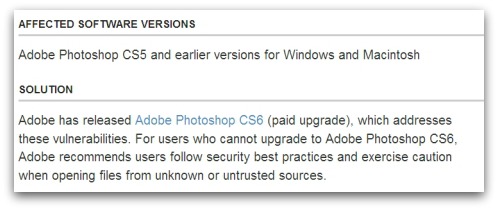Microsoft ha recentemente rilasciato alcuni aggiornamenti per Windows, di preciso KB3068708, KB3022345, KB3075249 e KB3080149 che introducono alcune funzionalità di telemetria, diagnostica e tracciamento dell’utilizzo del computer le quali, a detta di molti esperti, pare violino la privacy degli utenti.
Per rimuovere questi aggiornamenti è sufficiente, da riga di comando e con diritti amministrativi, lanciare i seguenti comandi:
wusa /uninstall /kb:3068708 /quiet /norestart
wusa /uninstall /kb:3022345 /quiet /norestart
wusa /uninstall /kb:3075249 /quiet /norestart
wusa /uninstall /kb:3080149 /quiet /norestart
wusa /uninstall /kb:2952664 /quiet /norestart
wusa /uninstall /kb:3035583 /quiet /norestart
wusa /uninstall /kb:971033 /quiet /norestart
wusa /uninstall /kb:3112343 /quiet /norestart
e riavviare il computer al termine della disinstallazione.
Per maggiori informazioni:
- Ars Technica “Microsoft accused of adding spy features to Windows 7, 8”
- Microsoft Customer Experience Improvement Program
